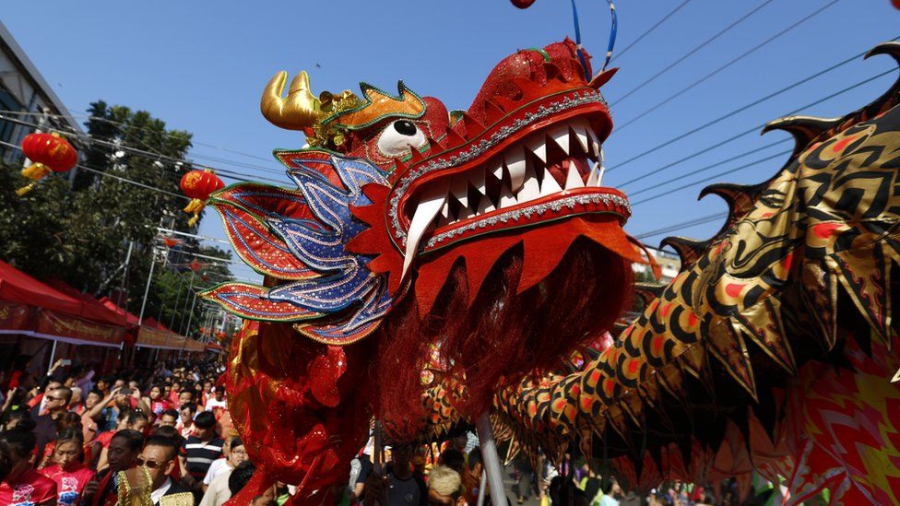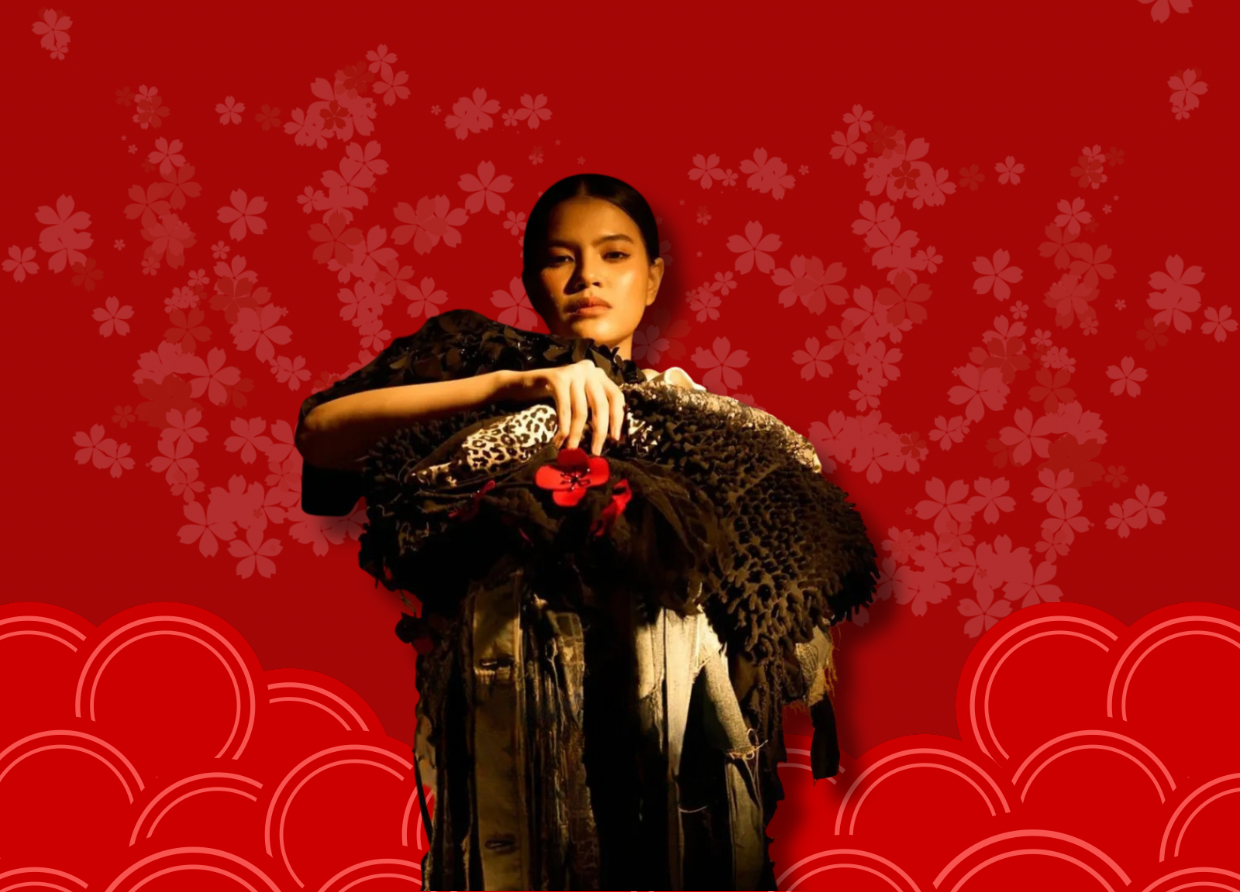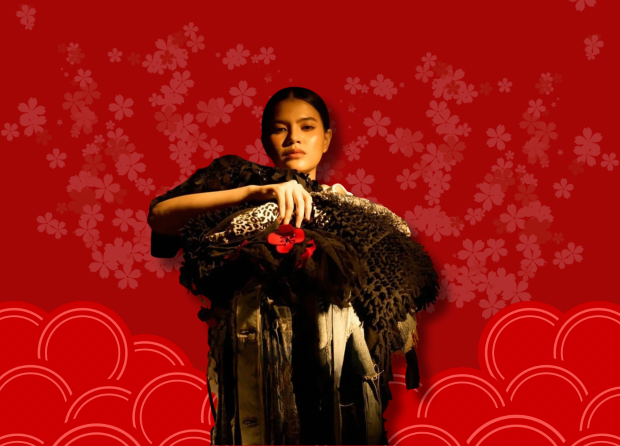CHINESE NEW YEAR CELEBRATIONS IN INDONESIA
Chinese New Year was recognized as a national holiday in 2002 during Gus Dur's presidency.

Chinese New Year, otherwise known as Imlek in Indonesia, is one of the biggest celebrations for Chinese Indonesians, who still follow the practices handed down by their parents.
Chinese-Indonesians have a colorful history in Indonesia, to say the least. Chinese New Year was recognized as a national holiday in 2002 when it was changed during Gus Dur's presidency.
As is common among Asian cultures, Chinese New Year is a time to pay respects to those that came before us and to reunite with family members.
Ancestors and departed relatives are revered and remembered with respect because they were responsible for laying the foundations for the family's fortune. Although customs may vary across the archipelago and even from family to family according to social position, many customs or versions of them are still observed by the ethnic Chinese community in Indonesia today.
Chinese New Year is also celebrated differently throughout the country, as ethnic Chinese communities originate from different regions in China.
For example, Chinese communities in Pontianak may be culturally distinct from communities in Medan or Jakarta, as each community brought unique traditions of their hometowns to Indonesia.
This may explain why the Chinese New Year is celebrated in various traditions across the Indonesian archipelago.
History of Chinese New Year

There are several theories as to the origins of the Chinese New Year. The Chinese calendar is based on a combination of lunar and solar movements.
While historical accounts of how the Chinese New Year came to be are patchy at best, there are several theories about its origins.
The Chinese calendar is based on a combination of lunar and solar movements. Each lunar year is represented by one of 12 animals, otherwise known as the Chinese Zodiac.
The current Chinese lunar calendar was established during the Tang dynasty (A.D. 618-907), with a lunar cycle of 29.5 days. The Chinese insert an extra month once every two to three years to compensate for the differences between the lunar calendar and the solar movements, similar to adding an extra day for the leap year. This is why the Chinese New Year falls on a different day each year.
Chinese New Year's celebrations start with the New Moon on the first day of the year and will end on the full moon 15 days later. It is also sometimes referred to as the Spring Festival or the “Beginning of Spring.” Although known as Chinese New Year, the Lunar New Year is actually celebrated by others besides the Chinese.
In Chinese mythology, Nian is the name of a monster that preyed on people on the eve of the Chinese New Year, incidentally, the word “nian” also means year. The mythology describes the monster as having a large mouth, able to swallow a person whole.
According to the story, Nian terrified the villagers in China until one day, an old man confronted the monster and told it: “, “I hear that you are capable of eating all the people, but they are not worthy opponents for you. You should swallow other beasts of prey.” The monster heeded the old man's advice. He stopped harassing the villagers and went after other beasts of prey instead, forcing them to retreat into the forest in fear of Nian.
The story continues and later reveals that the old man had been a god from the heavens and instructed the villagers to put up red paper decorations on their windows and doors during New Year’s to scare away the monster in case it comes back because red is the color that Nian fears the most.
From then on, the tradition of observing the conquest of Nian has been carried on in Chinese communities around the world. It is also thought that setting off firecrackers would scare away Nian. Although many ethnic Chinese in Indonesia may have forgotten the origins of these customs, they still celebrate the holiday with red decorations in their homes and use firecrackers to add to the excitement of the celebrations.
#THE S MEDIA #Media Milenial #Chinese New Year #Imlek #Lunar New Year



























